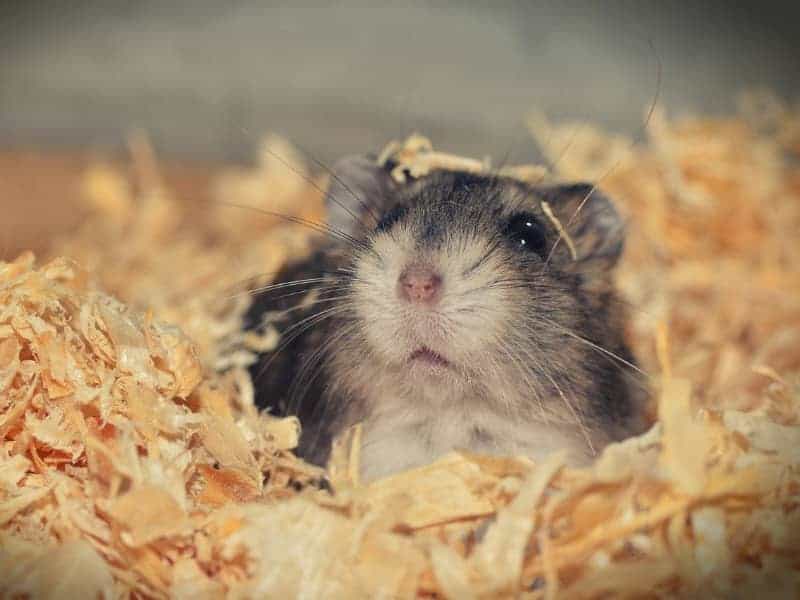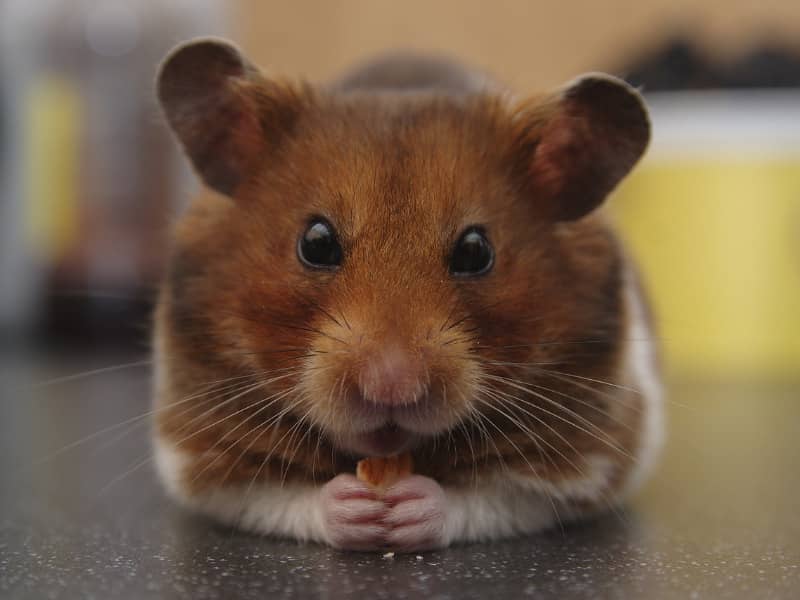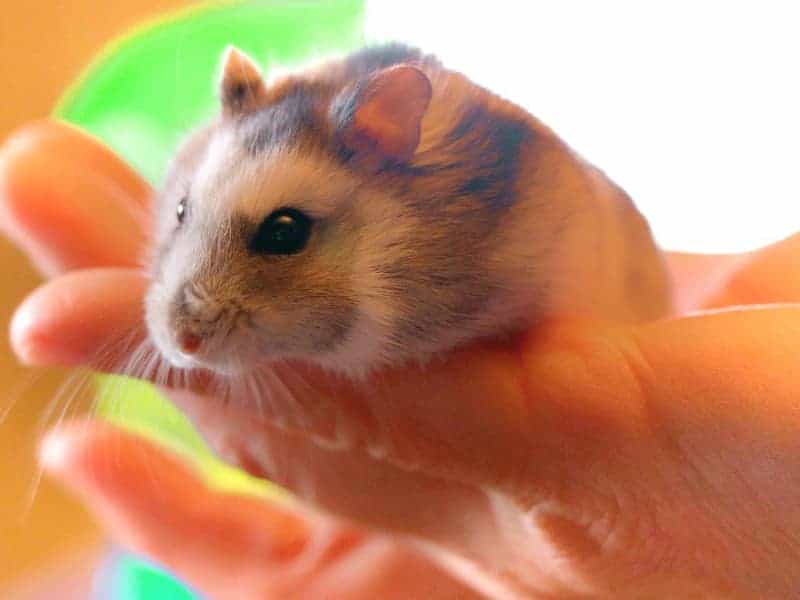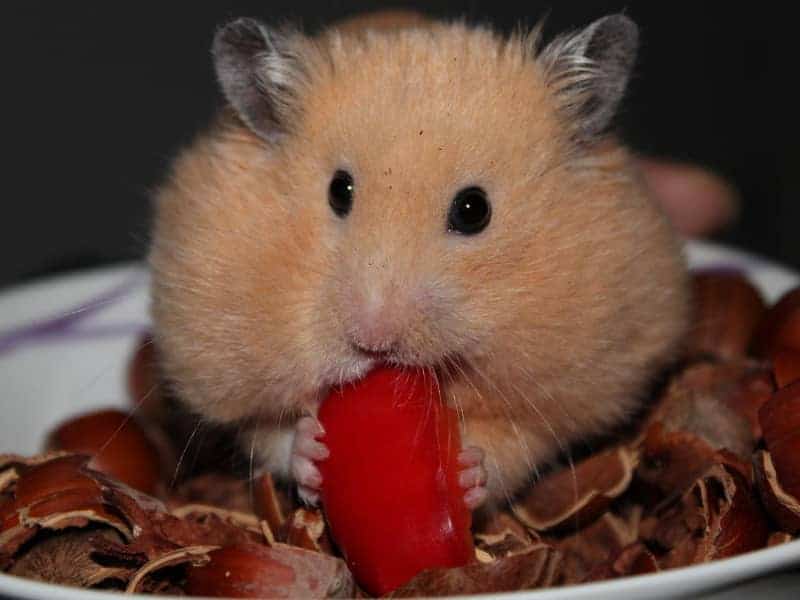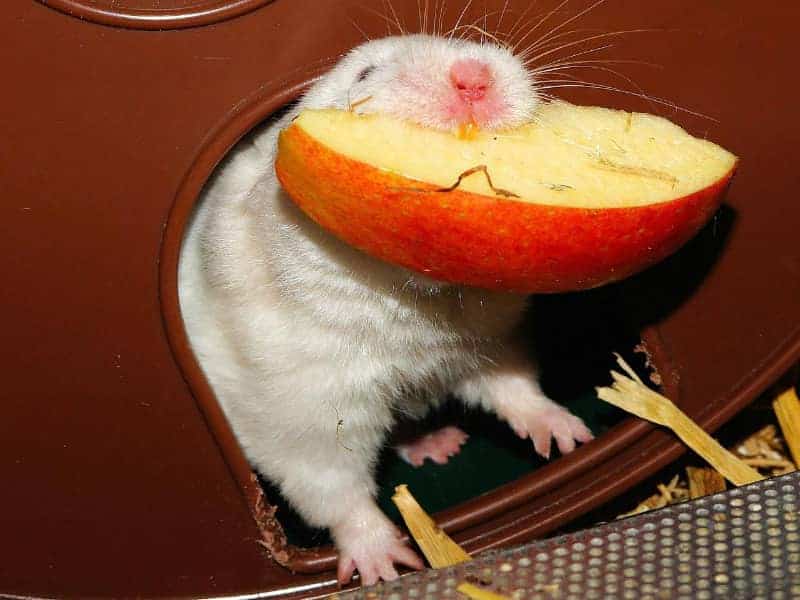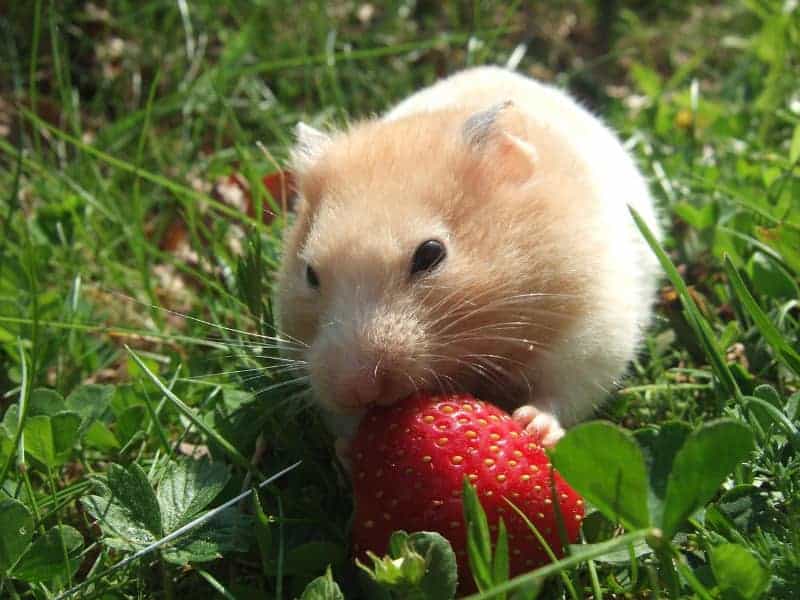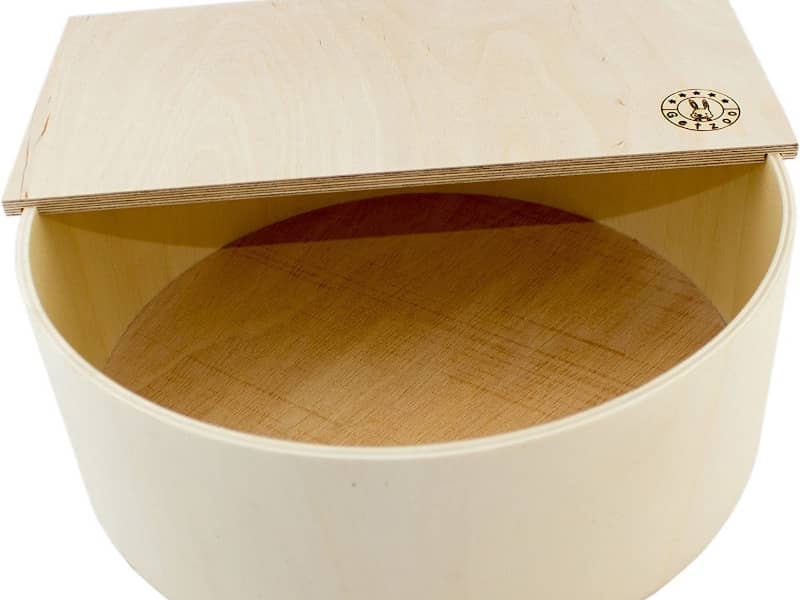
Hamster sand bath
Why a hamster sand bath is so important, and therefore belongs in every hamster enclosure, we would like to explain to you exactly in this article. A few years ago, sand baths for hamsters were still a rarity, but fortunately more and more owners of hamsters realize how important this inexpensive utensil is for the animals.
What is a sand bath for hamsters?
The sand bath for hamsters is a box or bowl filled with sand. This is placed in the enclosure so that the hamster can use it at any time. Some owners also place the sand bath outside the cage and the animals can only go in during free running. We believe the hamster should be able to decide for itself when to use the sand bath.
The sand bath is an important element in the hamster, it is used for digging and for fur and claw care. In addition, the sand removes dirt from the fur and any vermin that may be present. Furthermore, it ensures that excess oil, which the hamster itself produces, is "washed" from the fur.
What should be the structure of a sand bath?
There is a huge selection of sand baths in the trade, with the most diverse shapes, sizes and colors. For us personally, it is important that the sand remains as long as possible also in the sand bath. Because, when the hamsters start a wild bath party, the sand flies surprisingly far. Therefore, you should make sure that the bath meets one of the following requirements.
Either the sand bath is so high that the sand cannot fly out, or it is closed with a lid. In both cases, of course, there must be one or better two openings so that your hamster can comfortably get into the box. If you choose a sand bath with a lid, it is important that it can be removed completely.
Because some of our fur balls leave their feces in the sand bath. However, these are easy to remove, you simply use a small shovel, as you may know it from the cat litter.
What to consider when buying a hamster sand bath?
Again and again the question is asked, which criteria a hamster sand bath should fulfill. To make the purchase decision a little easier for you, we have listed the most important criteria for you here:
- Sand bath must be large enough for your hamster to dig in it and perform personal hygiene. Guidelines are for gold hamsters about 25 cm and for dwarf hamsters 16-18 cm. In any case, they should not be smaller.
- If the sand bath is closed, there should be at least two large access openings. Ventilation holes on the top are also a useful addition.
- The materials should be of high quality and strong. For sand bath untreated wood is the best choice, but there are also plastic sand baths, which are made sturdy and without sharp edges.
- The sand bath for your hamster must also fit into your hamster enclosure. Pay attention to the minimum dimensions that we have given above. If the size does not fit in your cage, then you can set up a sand bath outside and connect it to your enclosure via tubes.
How big and how deep must be a hamster sand bath?
The size should have the gold hamster at least 25 cm in diameter and the dwarf hamster at least 16 cm but better 20 cm. What is at least as important as the diameter is the depth. Here it depends on the intended purpose of the sand bath for your hamster. If it is intended exclusively for fur care, then 10 cm of sand is sufficient.
If he can also dig in it, then you need a deep sand bath with a filling height of 25-30 cm sand. A deep sand bath is especially important if your hamster has no other opportunity to dig. However, it is better for most hamsters to fill the cage or enclosure with 30 cm of bedding so that they can dig to their heart's content.
Roborowski dwarf hamsters are an exception to this rule. They need at least 1/3 of their living space with a substrate of sand that allows them to burrow in it. Because that is how they know it from their natural environment.
What cage for a hamster sand bath?
In cages with a high tub or a cage made of wood or glass, it is possible to fill the sand directly. However, so that your hamster can also dig in the litter, we recommend that you put a partition between the sand and the litter, so that the sand and the litter remain separate. If this is not possible for you, you can buy a sand bath and place it on the litter or on a floor.
Hamster sand bath DIY
You can also simply prepare a hamster sand bath yourself for your animal. For this you need some craftsmanship for wood or a deep casserole dish. A casserole dish made of glass or ceramic with a height of 12-15 cm is already available from 15-25 €. By the way, cat toilets are also suitable for this purpose, you just have to make sure that your hamster can comfortably get into the respective containers.
What sand for the hamster sand bath?
So-called chinchilla sand is available in stores, but is also sold under the name bathing sand for rodents. These different names may confuse, but usually have the same content. This consists of sand whose grains are rounded. This prevents the grains from damaging the hamster's fur and body.
Another feature of this sand is that it ensures that it frees the fur from grease and oil. So it can happen that some sand mixture gets a shiny surface after some time. This is mainly the case with dwarf hamsters, which have a much higher oil production in their fur than golden hamsters. Please always use only chinchilla and rodent sand.
All other types of sand do not have rounded grains, but sharp-edged ones. These can hurt your hamster's skin and fur. We hope we could answer all your questions about the hamster sand bath.
Author

-
Garden animal - A life with nature
Welcome to my animal blog! My name is Dirk and I am happy to take you on my journey through the fascinating world of animals and gardening.
Born 54 years ago, I have had an insatiable curiosity for the animal world around me since childhood. Although I have moved professionally in other industries, my true passion has always been animals and nature. It is remarkable how a small garden has become such an important part of my life.
Many of my fondest memories are associated with the animals that share our home. Whether it's the curious squirrels that scurry across the trees in the morning, the colorful variety of birds that visit our feeders, or the busy bees and butterflies that pollinate our flowers, every moment with them is invaluable to me.
This blog is my contribution to share my experiences, discoveries and insights with like-minded people. Here I will share stories of unforgettable encounters with animals, give tips on gardening and creating wildlife-friendly habitats, and take you on my journeys through nature.
Thank you so much for being here!
Cordial,
Dirk aka garden animal
Last posts
- 27. February 2024PetsVeganes Hundefutter – Grün und Gesund?
- 18. January 2024ChickensOregano für Hühner
- November 27, 2023HamsterDiurnal hamsters
- November 24, 2023HamsterHamster hammock

